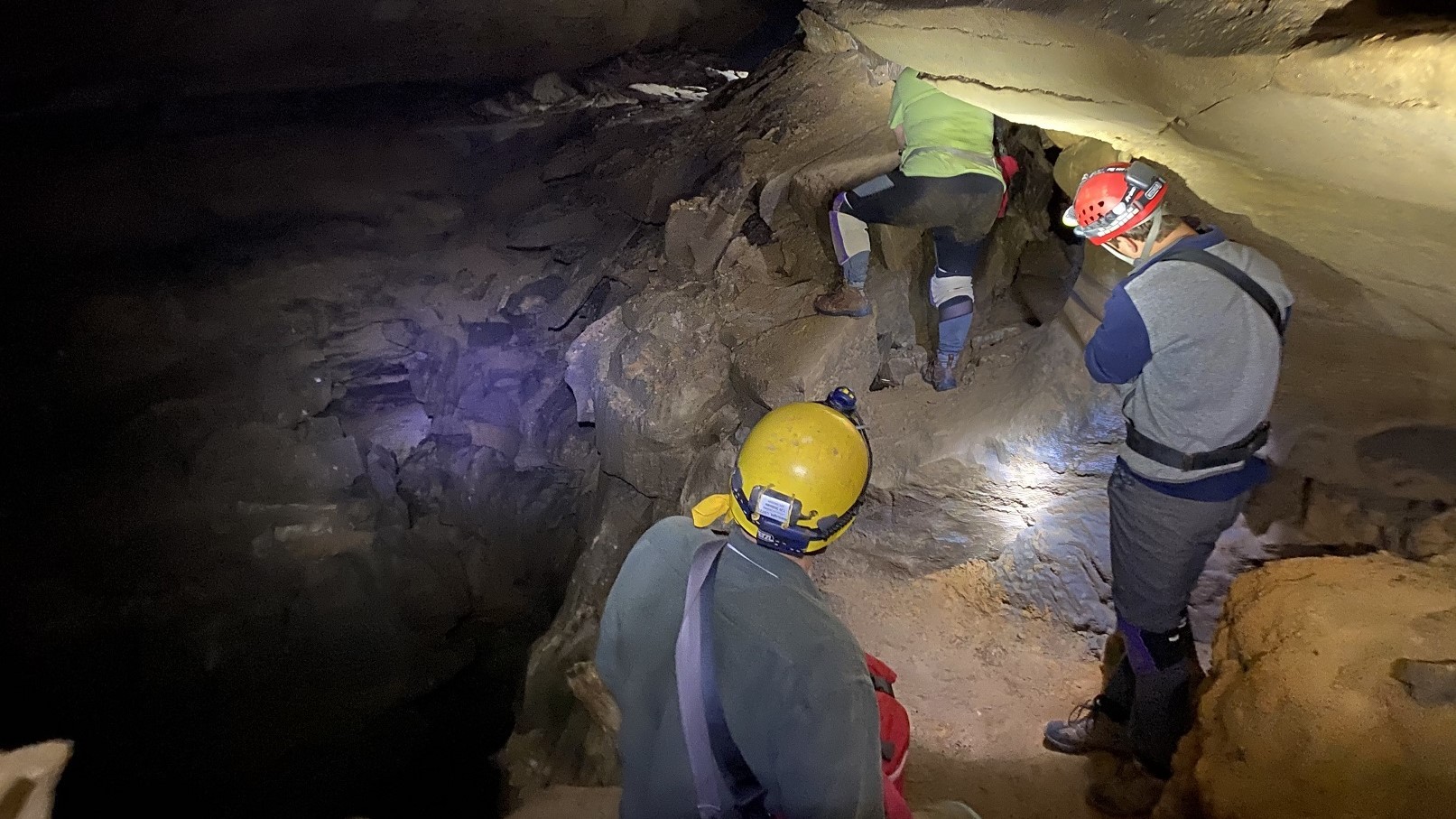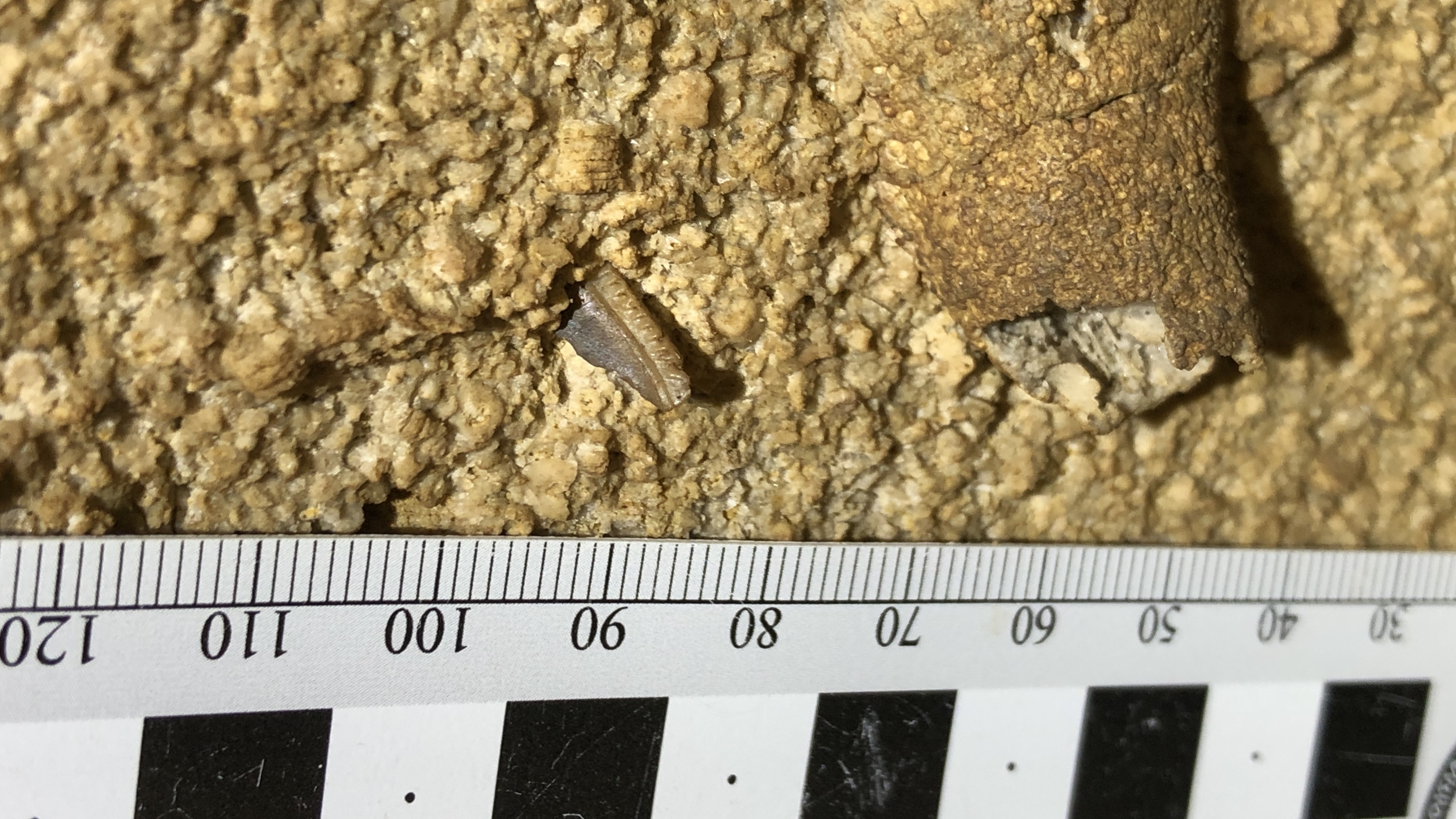Sharks in the park? New fossil discoveries reveal Kentucky's ocean past
Two previously unidentified shark species have been uncovered in Mammoth Cave National Park

When you're hiking in Kentucky, you'd be wise keep your eyes peeled for a bear on the trail, but you're unlikely to be too worried about sharks. However, Paleontologists are slowly piecing together what the state would have looked like hundreds of millions of years ago – and the picture is decidedly more aquatic than what we see today.
Modern day Kentucky is known for having a rich and diverse ecology, from it's Appalachian forests to bottomland swamps, but in the distant past, it was covered by an ocean that was teeming with marine life. On Thursday, the National Parks Service announced they have identified two previously unknown shark species thanks to fossil discoveries in Mammoth Cave National Park.
According to the news release, Troglocladodus trimblei and Glikmanius careforum would both have reached about 10 - 12 feet in length and were identified through fossilized teeth found in Mammoth Cave and the Bangor limestone, a geologic formation in Alabama. The discovery of the latter shark apparently pushes the origins of this species back over 50 million years earlier than was previously thought.

The two sharks would have hunted the near-shore habitats that covered what is now the forested terrain of Kentucky and Alabama over 325 million years ago. This area was once a seaway that connected today's North America, Europe and northern Africa, disappeared as the super continent Pangea formed.
Paleontological Resources Inventory (PRI) at Mammoth Cave National Park began in 2019. At least 70 species of ancient fish have now been identified at Mammoth Cave from over 25 caves and cave passages that have been surveyed. If you are hiking in Mammoth Cave, or any National Park, and discover a fossil, make sure you leave it where it as and alert park rangers, as taking one home counts as vandalism and could leave you with a price on your head, as we reported when a hiker stole a 200 million year old fossil from Capitol Reef National Park.
All the latest inspiration, tips and guides to help you plan your next Advnture!
Julia Clarke is a staff writer for Advnture.com and the author of the book Restorative Yoga for Beginners. She loves to explore mountains on foot, bike, skis and belay and then recover on the the yoga mat. Julia graduated with a degree in journalism in 2004 and spent eight years working as a radio presenter in Kansas City, Vermont, Boston and New York City before discovering the joys of the Rocky Mountains. She then detoured west to Colorado and enjoyed 11 years teaching yoga in Vail before returning to her hometown of Glasgow, Scotland in 2020 to focus on family and writing.

